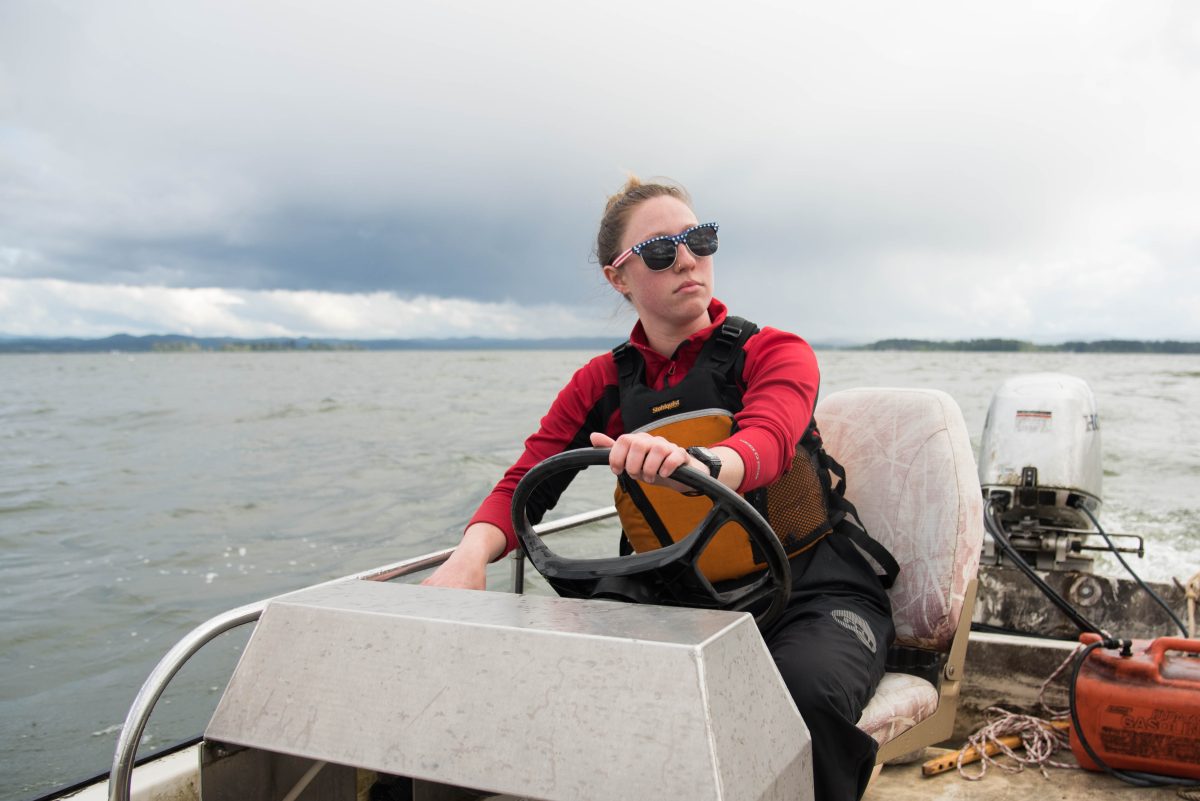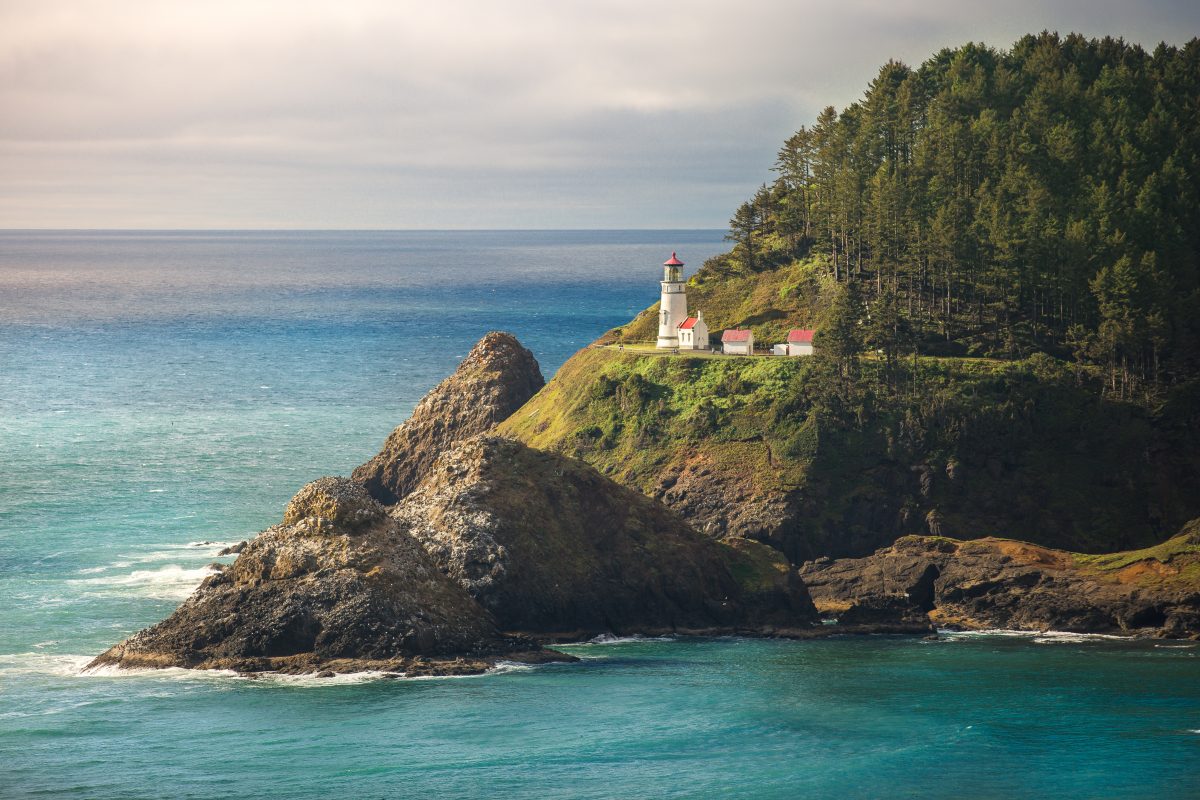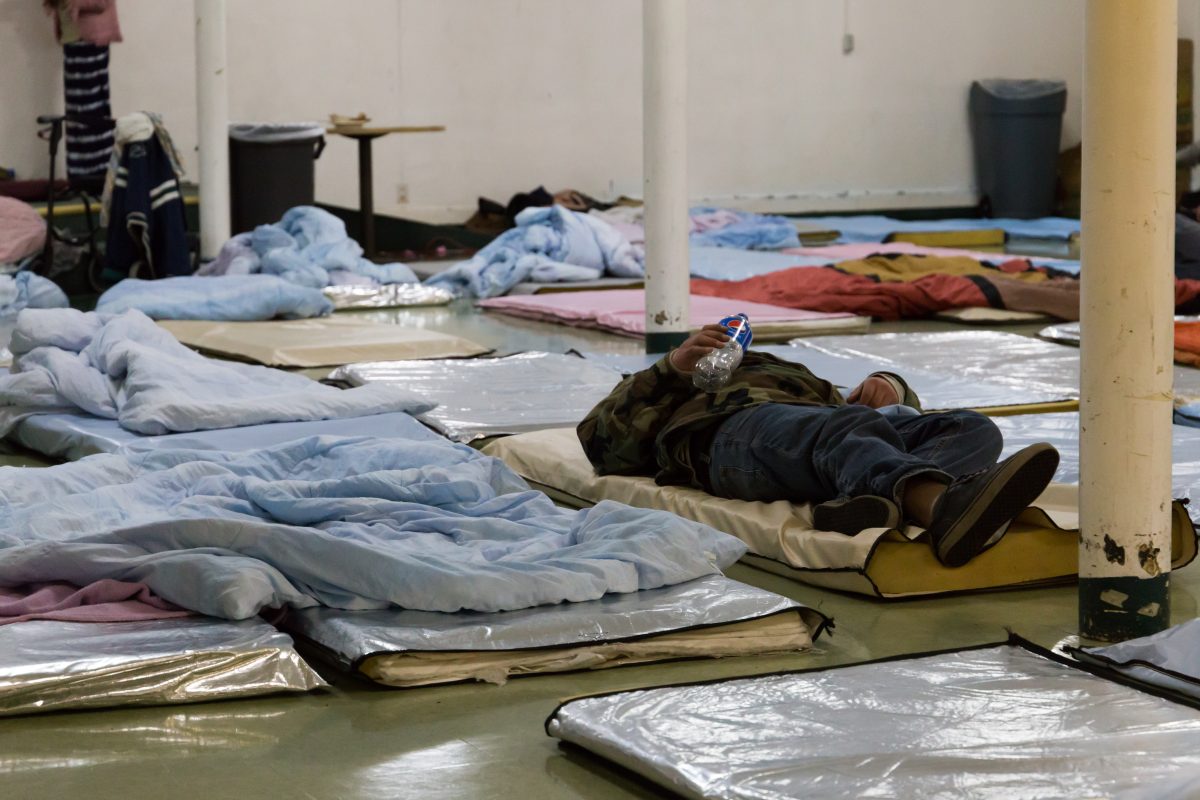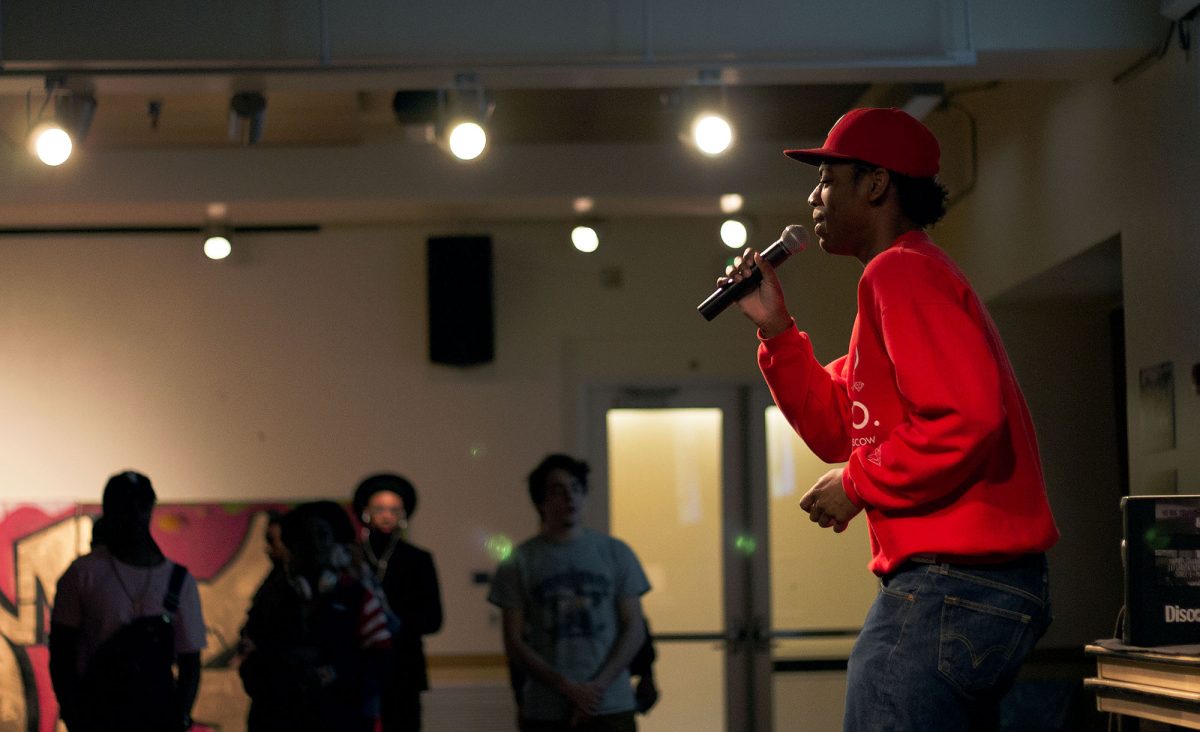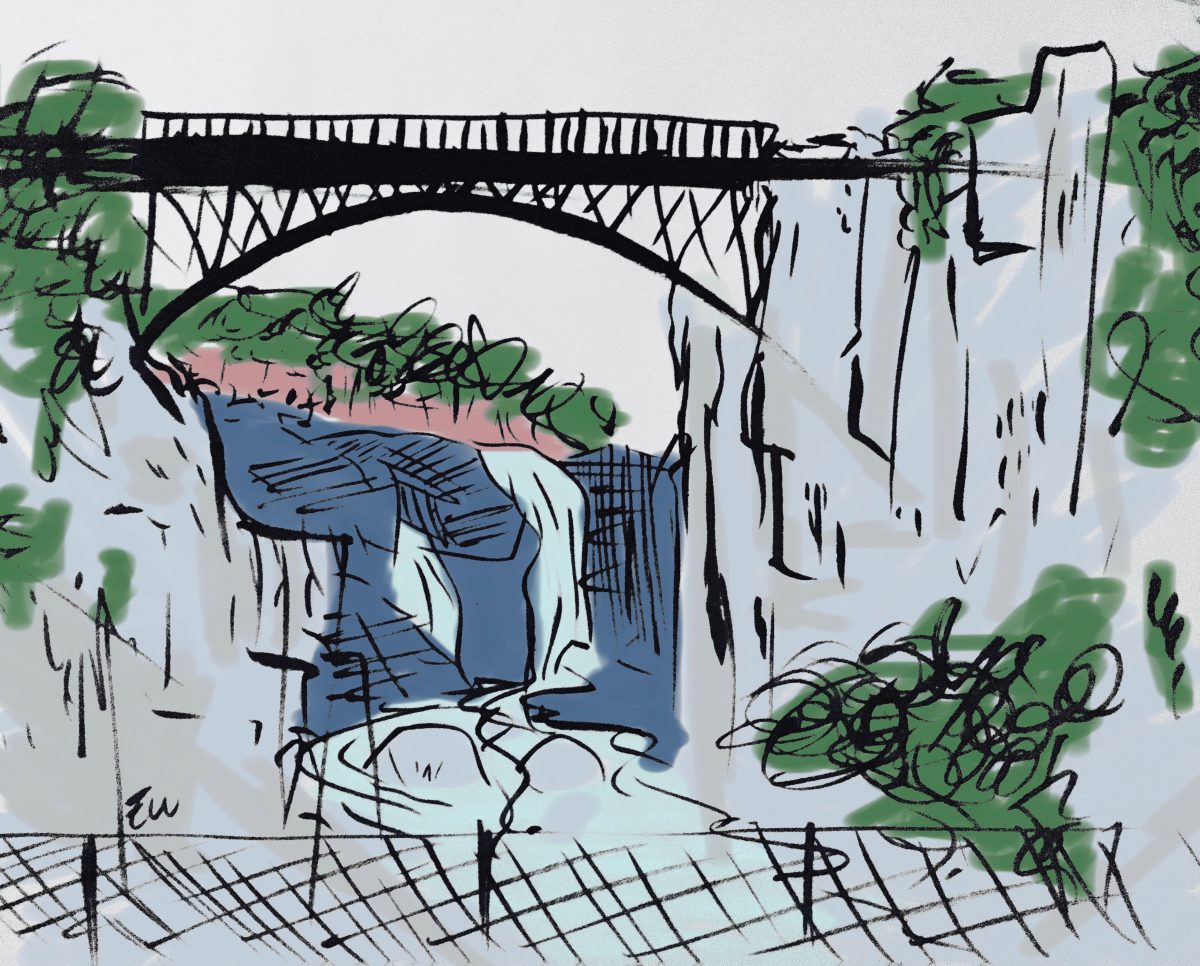Words by Patrick Dunham, Photos by Phillip Quinn
It’s late afternoon and Fern Ridge Reservoir is glistening in some of the first sunlight of the season. Quiet from the city’s buzz of spring, a rainbow arcs its chrome bridge across the distant hills. Out on the water, Marelie Vorster shoves the tiller to starboard and slides under the boom, narrowly avoiding the bar’s concussive force. The main sail catches a gust of wind, and the vessel heels as she and crewmate, Willem van Rees, deftly lean more than half their bodies over the water. Trusting every ounce of their weight on the mainsheet, the dinghy slices through the water while counterbalanced at a nearly 45 degree angle. This is the University of Oregon Sailing Club, and they are preparing for their last regatta of the year.
With seven active members and about a dozen on the roster, it is not a large club team by any means. Emily Tourtelot joined the club her junior year with no experience, and this year, she is the captain. She is aware the club weighs on the small side, explaining that sailing is a niche sport and that many students don’t even know it’s competitive. “I also think that often, people are fearful that having no experience could be a barrier to joining the team,” Tourtelot says, “but we welcome students of all experience levels.”
They recruit during the freshman Week of Welcome, often exhibiting one of their five Flying Juniors (the standard club sailboat) to help draw attention — and to great effect. Every year, they get a spike in members as the season starts in fall, only to have most taper off as winter approaches. The club is mostly inactive during winter, but when spring rolls around the team heads to regattas (races) up and down the west coast, from Vancouver to San Diego, as per their inclusion in the Northwest Intercollegiate Sailing Association. The spirit of comradery is a large part of the sport. Tourtelot says,“During regattas we stay at fellow sailors’ houses, and you get pretty close with everyone very quickly in those kinds of situations.”
The crew regularly practices with Oregon State University’s club and is connected to other teams beyond the spirit of competition. In their final practice before the season-closing regatta (held on Oregon’s side of the Gorge), Tourtelot sets up drills alongside Oregon State’s captain Andrew Wilkinson, and any of the spirit of rivalry between Beavers and Ducks is shattered by their dual love of being on the water.
“This regatta gives these sailors an opportunity to get back in small boats, as well as reconnect with old friends and sailors from the district,” Tourtelot says. “We have a couple secret traditions that only take place during the last regatta and allow for a chance to really get closure and reflect back on our time sailing together and being a family.”
Club members Marelie Vorster, Willem van Rees, and Samwell Reul may not share a native tongue (Afrikaans, Dutch, and German) or a major, but nonetheless they are united. Their candid nature is of no surprise.“During the spring we can be away for up to 10 weekends, if you include Nationals,” says Tourtelot. “We have four normal regattas, three qualifiers, and then three national events if we end up qualifying for them.”
Yet the sport isn’t all gliding and feeling the wind whipping the sail; on mellower days, boats are slow to maneuver, especially because there are no motor affixtures or paddles on board. One can forget how much of the sport is rigging and lugging the boats. Every crew member must have working knowledge of a lion’s share of knots, the basic dynamics of how the mainsail (manned along with the tiller by the skipper) functions with the jib, how to best heel the boat with the wind. There is a trick to minimize air resistance, which involves contorting your body to become as close to a fixture of the boat as possible.
During the practice’s drill of navigating through course markers, the four boats sharply pivot within a tight rectangle of buoys with each dinghy a nexus of constantly shifting angles. Every time a collision looked inevitable, the tiller will shift just enough for the boats to weave in and out of the fray. As the motorboat jets through the course, the thrill of the each boat changing rank and pivoting around the course makes it easy to forget about the discomfort of wet socks and sitting hunched over.
Practices don’t stop after the season’s end, however, they are less structured around drills and more focused on the whimsical, yet practical, aspects of sailing. “At one of our practices last week, we all just did some fun free sailing in the 80-degree weather, which consisted of capsizing and swimming,” says Marelie Vorster. “One of the boats is a bit on the old side, and when it was capsized, it filled with water, and there was no way to drain it!”
In addition to the drills, she enjoys the warm spring practices post-season that are “full of capsizing and pirating other people’s boats.” Vorster is most familiar with sailing 420s (dinghies that are similar to the club’s Flying Juniors), although she is also interested in other types of watercraft. “Keelboat sailing is always a blast especially when we can use spinnakers [ballooned sails]. I would love to sail a Moth one day!”
Whether it’s the surprise of getting your boat pirated by friends, or twisting through a regatta, sailing is a special feeling to those on the team.
“Nothing makes you feel refreshed like spending a few hours in some wind and waves. Especially when the wind is really blowing and your adrenaline is up and you’re hiking out all the way for a solid 10-minute upwind beat,” Tourtelot says.
Everyone has their release, and for the Sailing Club that moment comes in pivoting over the water with the sun and wind roaring in their eyes — in becoming an element of the boat and forgetting, for a moment, the humdrum routine of what lies beyond the water.
Emily Tourtelot gazes to the horizon. After joining the sailing club last year with no prior experience, she is now the team’s captain.



